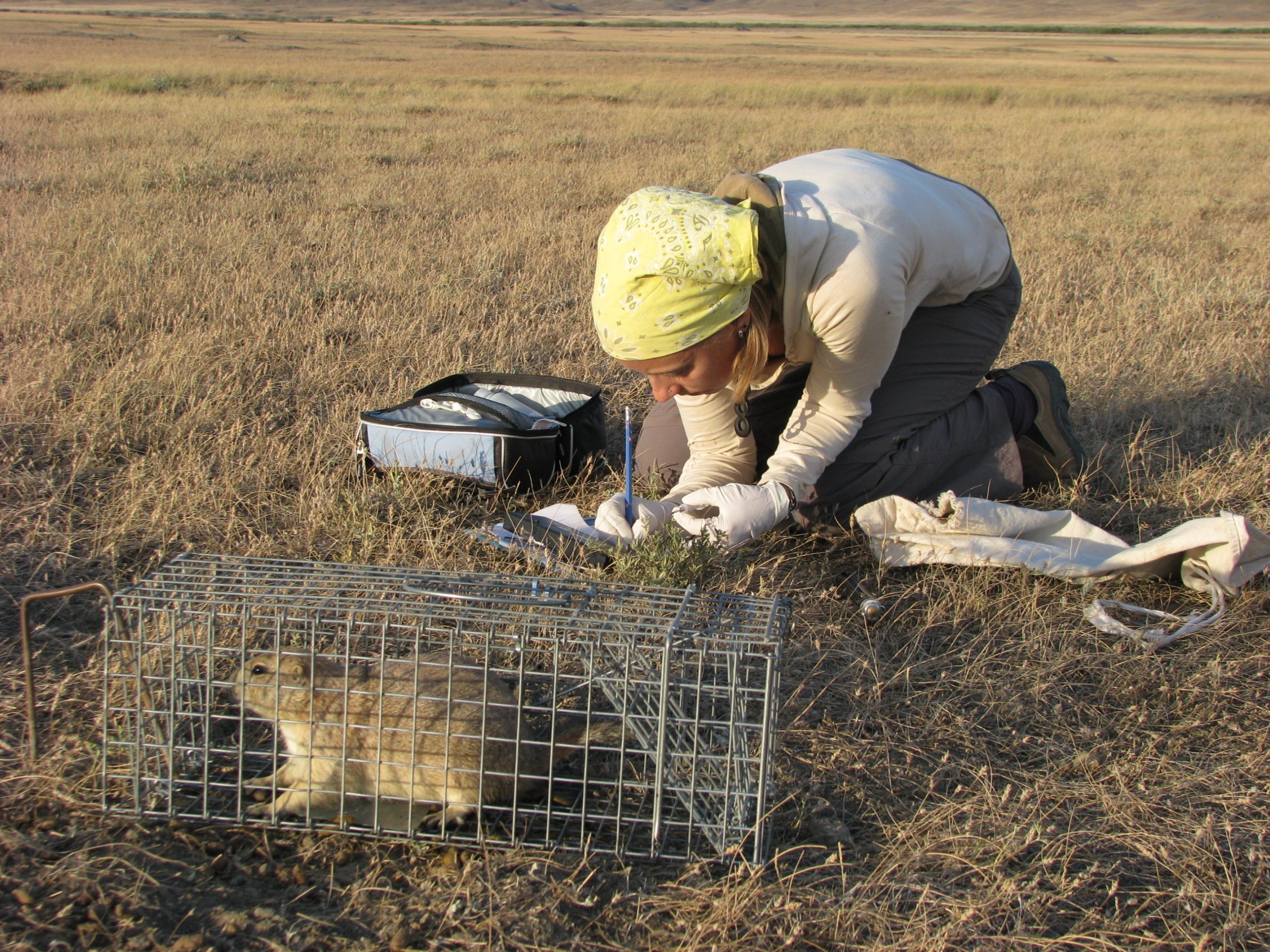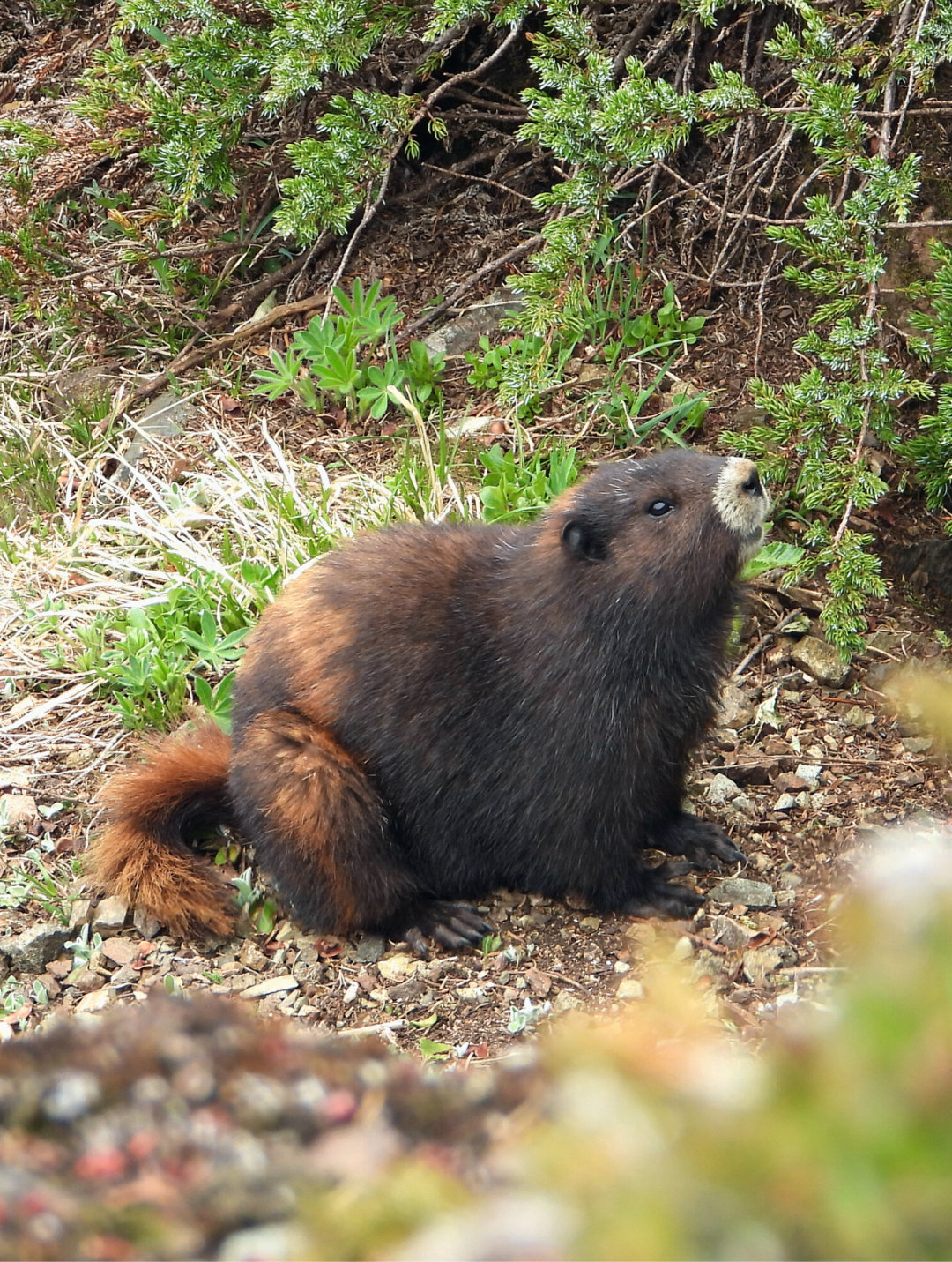Cynomys ludovicianus / Mustela nigripes
Black-Tailed Prairie Dog / Black-Footed Ferret
The black-tailed prairie dog is a keystone species in mixed-grass prairie ecosystems. Their burrowing actions aerate the soil and provide refuge for many species including burrowing owls and rattlesnakes. These ecosystem engineers are also an important food source for many grassland predators including black-footed ferrets.
The situation
The underdogs of the prairies
In Canada, black-tailed prairie dogs are only found in southern Saskatchewan representing the northern tip of the species’ range. Due to the small population size, isolation from the nearest population in the United States and the increasing threats of drought and sylvatic plague, the black-tailed prairie dog is federally protected under the Species at Risk Act and has been recently up-listed from Special Concern to Threatened.
A dynamic relationship
The black-footed ferret, one of North America’s most endangered species, disappeared from Canada in the 1930s. Restoration of this unique predator-prey system consisting of two species-at-risk presents a formidable conservation challenge.
Our work
Since 2010, the Wilder Institute has led the Canadian Prairie Dog Ecosystem Research Project in partnership with Grasslands National Park. Insights from our research within the park have helped to inform ferret and prairie dog conservation management. We are currently studying the genetic diversity of the black-tailed prairie dog population and identifying suitable habitats for their colonies to help inform recovery actions with the ultimate objective of once again returning ferrets to Canada.
Did you know?
Black-tailed prairie dogs in Grasslands National Park have been seen carrying clumps of bison fur to their burrows, perhaps to use it as insulation in their overwintering chambers!
Teamwork
We would like to thank the following partners and collaborators for their conservation efforts to support the black-tailed prairie dog ecosystem in Canada.


